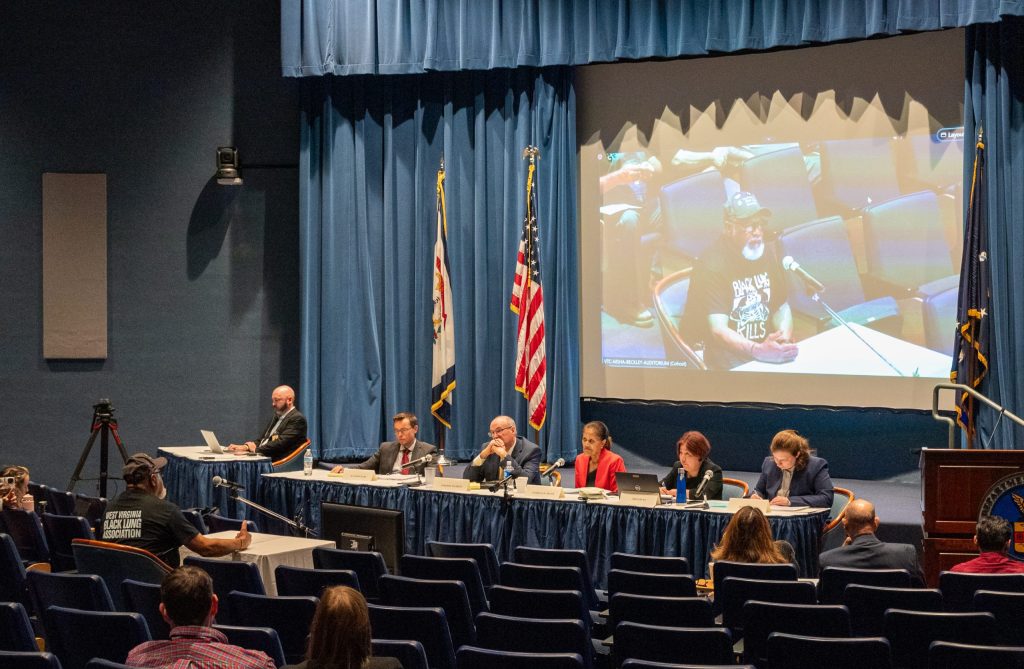Front Porch Blog
Updates from Appalachia

Appalachian Voices v. EPA: A letter from our executive director
Appalachian Voices joined our partners and attorneys in a class-action lawsuit against the EPA for unlawfully terminating its Environmental and Climate Justice Block Grant Program. Read a letter from Executive Director Tom Cormons about why we’re taking this step.
Solar energy lights up Southwest Virginia at inaugural SWVA Solar Summit
More than 200 attendees received a wealth of information from various energy, utility and environmental groups.
Smoke on the mountain: Canadian wildfires and Appalachian air quality
The wildfire conditions in Canada also affected the United States, with smoke drifting southward and prompting the National Weather Service to issue air quality alerts across the Upper Midwest, including in Minnesota, Wisconsin and Michigan.
How the Trump plan for the federal budget hurts Appalachia
Late afternoon on Friday, May 30, President Donald Trump released his proposed fiscal year 2026 government funding budget, which includes steep cuts that would have serious consequences for Appalachians and people in coal communities across the country if enacted.
Part 2: Clean energy tax credits are powering change across Appalachia
Across Central and Southern Appalachia, the federal clean energy tax credits expanded by the Inflation Reduction Act are helping communities take action to support new jobs and save money with American-made energy.






